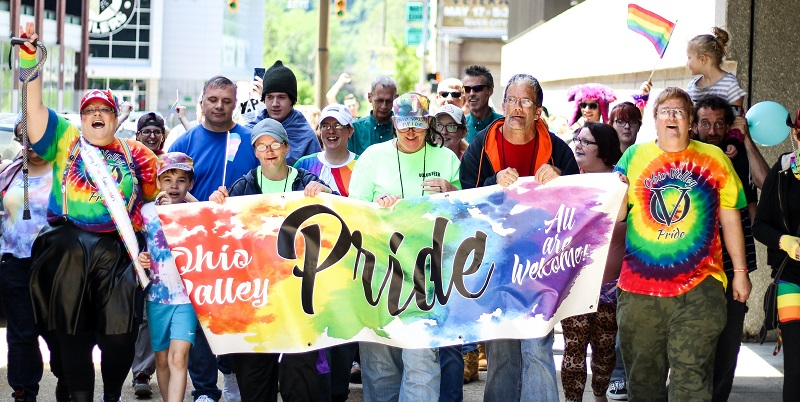In recent years, Pride month has become a cause for celebration and a symbol of progress and inclusivity. However, major organizations are now finding themselves rocked by employee backlash as growing divisions surrounding Pride month extend to the workplace. This article explores instances of employee opposition at Google and Starbucks, the significance of LGBT+ inclusion according to a Deloitte survey, and the importance of creating safe environments for the LGBTQIA+ community.
Employee Opposition at Google’s Pride Events
Firstly, at Google, one of the tech industry’s giants, some employees circulated a petition opposing the company’s plan to sponsor a drag show featuring performer ‘Peaches Christ’ as part of its lineup for Pride month events. This petition, signed by a few hundred employees, alleged religious discrimination. The controversy showcases the challenges companies face when attempting to balance diverse perspectives within their workforce.
Allegation Against Starbucks and Their Response
Starbucks, known for its commitment to inclusivity, faced an allegation claiming they restricted Pride decorations at some of their stores. However, the company strongly denied these claims and took swift action by raising the matter with the US National Labor Relations Board, filing charges to address the issue effectively. Starbucks’ response highlights the importance of swiftly addressing allegations and clearing any miscommunication to maintain trust with employees and customers.
Boycott Calls and Divisions Surrounding Pride Month
Sadly, Pride Month has become a topic of division as individuals against the LGBTQIA+ community call for boycotts against companies supporting the group. However, a Deloitte survey of over 5,000 individuals found that employees consider a company’s internal and external commitment to LGBT+ inclusion important when considering a new employer. This suggests that while divisions exist, there is a significant portion of the workforce that values inclusivity and expects the same commitment from their employers.
The Importance of Creating Safe Environments
Milena Berry, CEO of the diversity recruiting and retention platform PowerToFly, emphasized the role of employers and leaders in establishing safe environments for the LGBTQIA+ community. Recognizing safety and comfort as two basic needs that should never be overlooked, Berry highlighted the responsibility of employers to foster an inclusive and accepting workplace for all individuals, regardless of their sexual orientation or gender identity.
Ongoing Support and Learning Opportunities
Beyond the month-long celebration of Pride, it is crucial for organizations to provide year-round support and learning opportunities. This includes creating awareness and understanding through workshops, seminars, and training programs that center on the stories and experiences of trans and non-binary individuals. By actively engaging employees in these educational initiatives, companies can foster empathy and advocate for a more inclusive culture.
The backlash faced by major organizations regarding Pride month events reveals the complexity of balancing diverse perspectives in the workplace. Despite opposition and calls for boycotts, a significant number of employees consider a company’s commitment to LGBT+ inclusion essential when selecting an employer. Employers and leaders must recognize their responsibility in creating safe environments that meet the basic needs of all employees. By offering ongoing support and learning opportunities, organizations can foster inclusivity and create workplaces that celebrate the diversity of their workforce.

